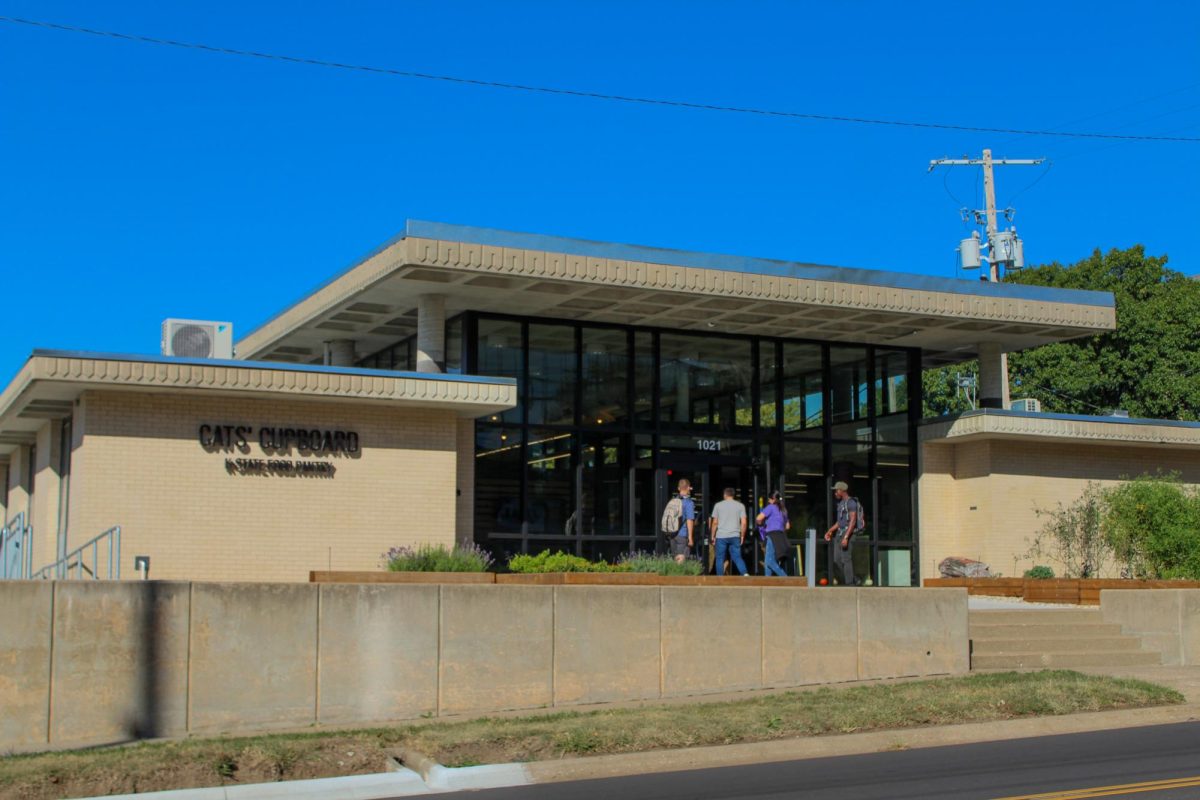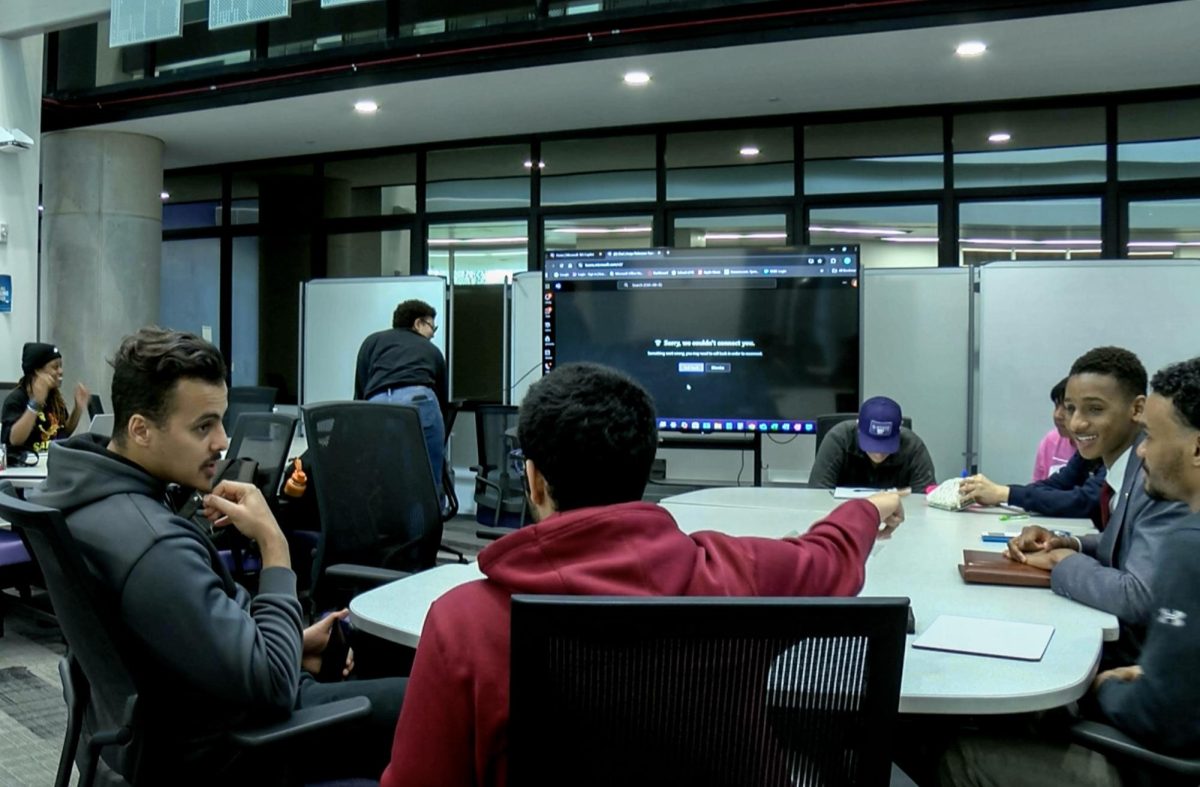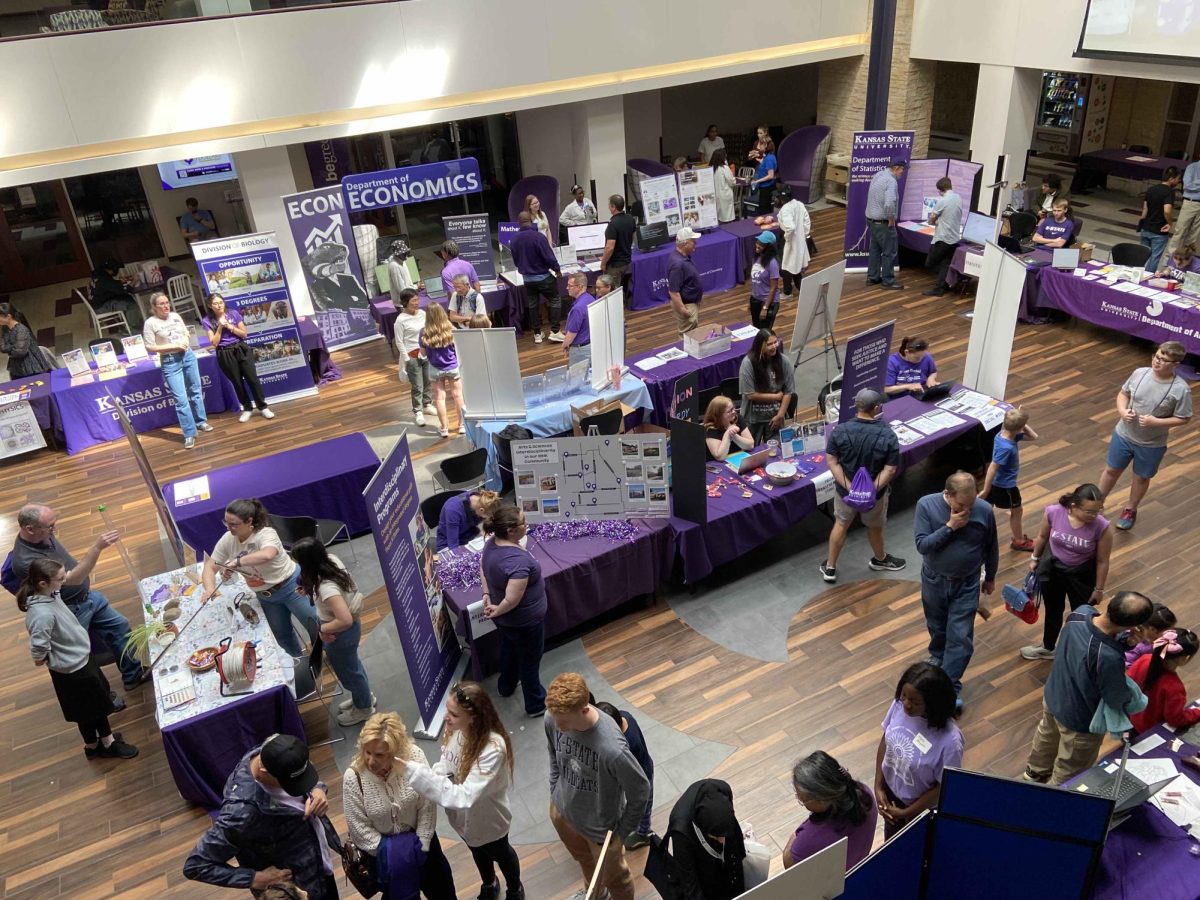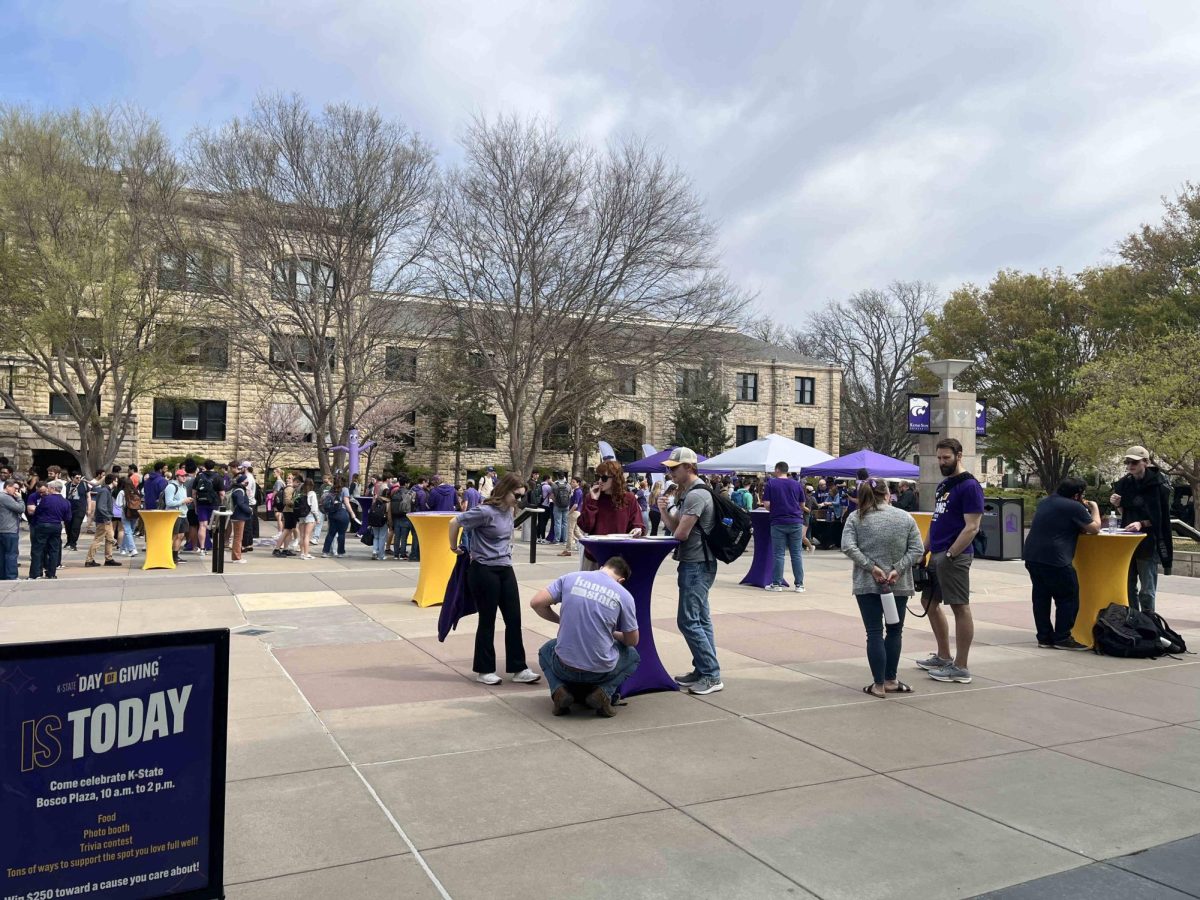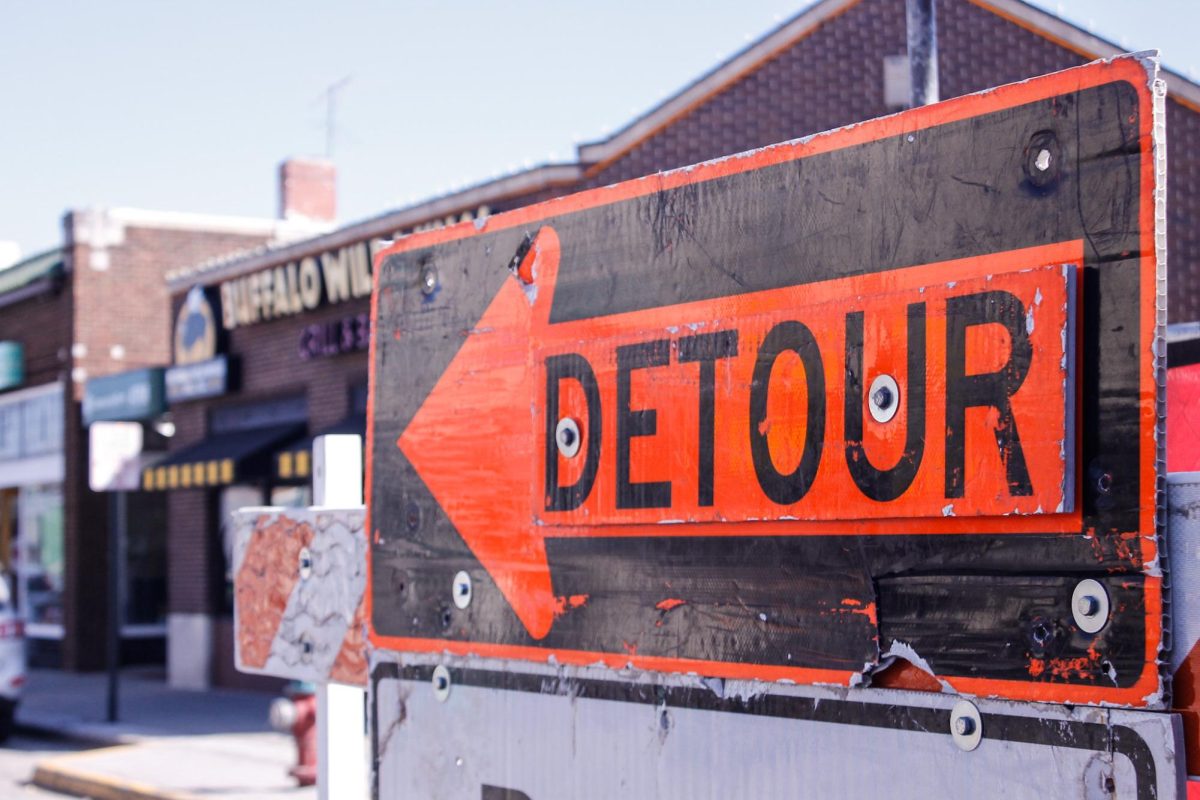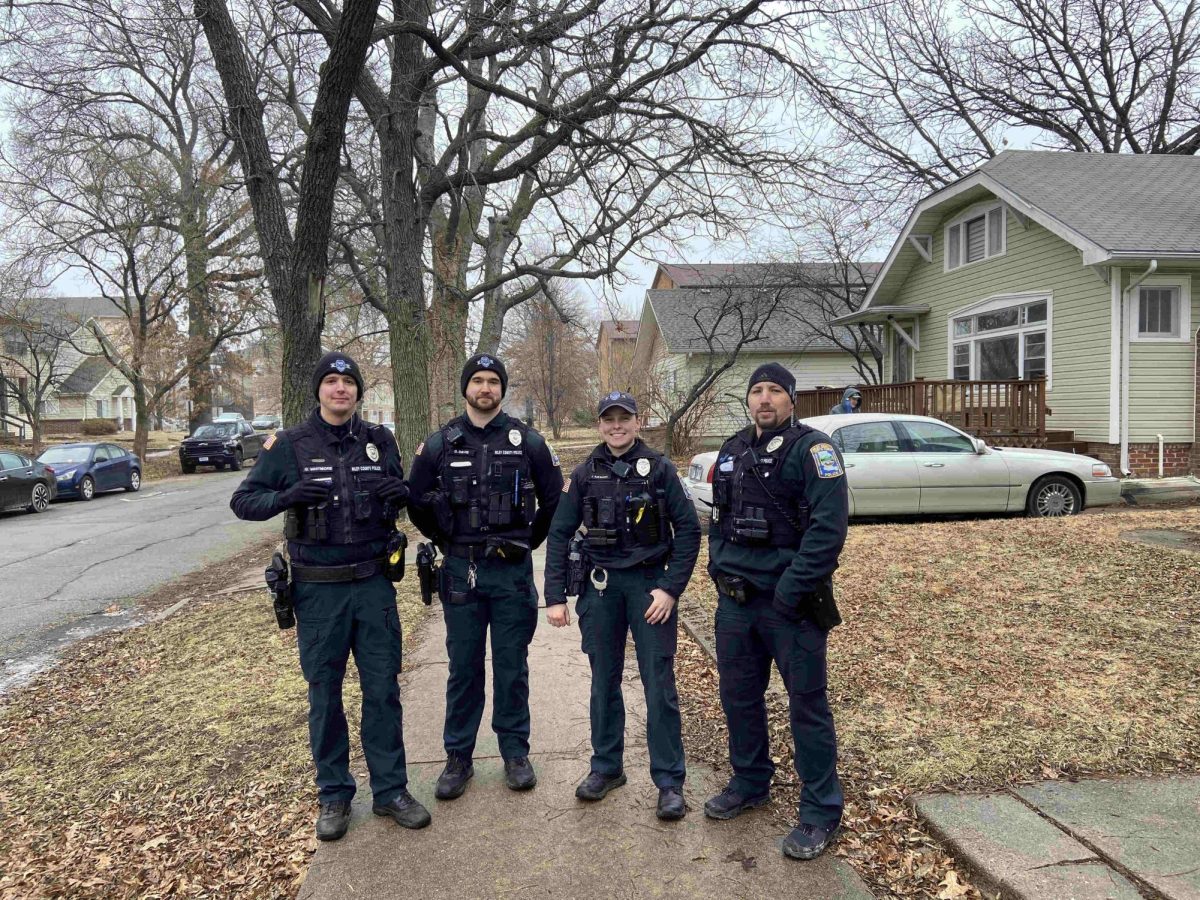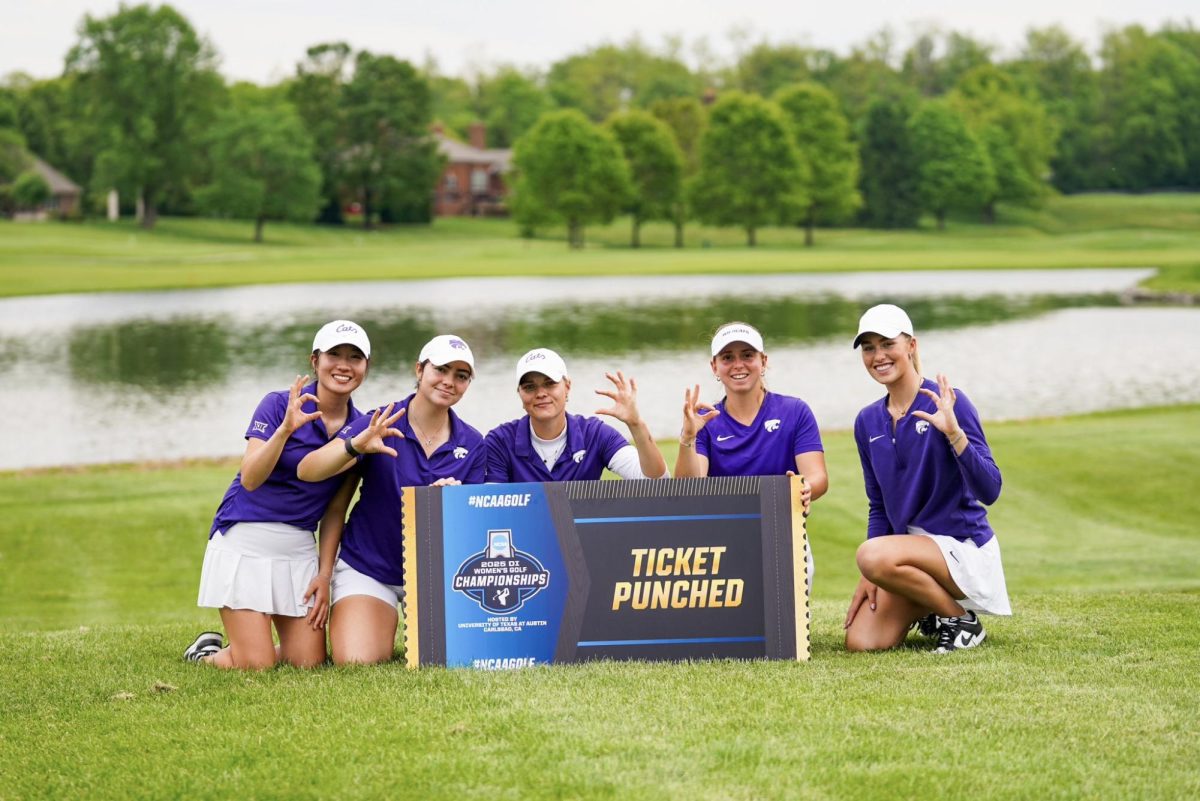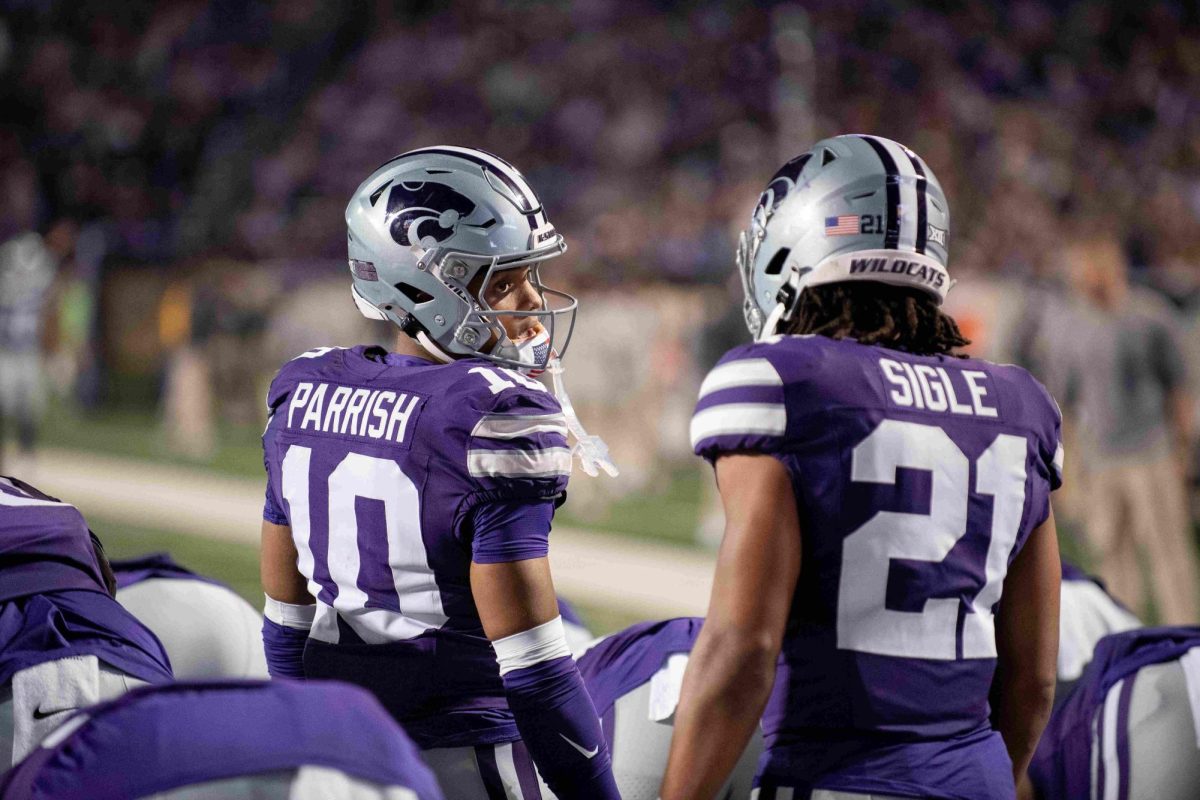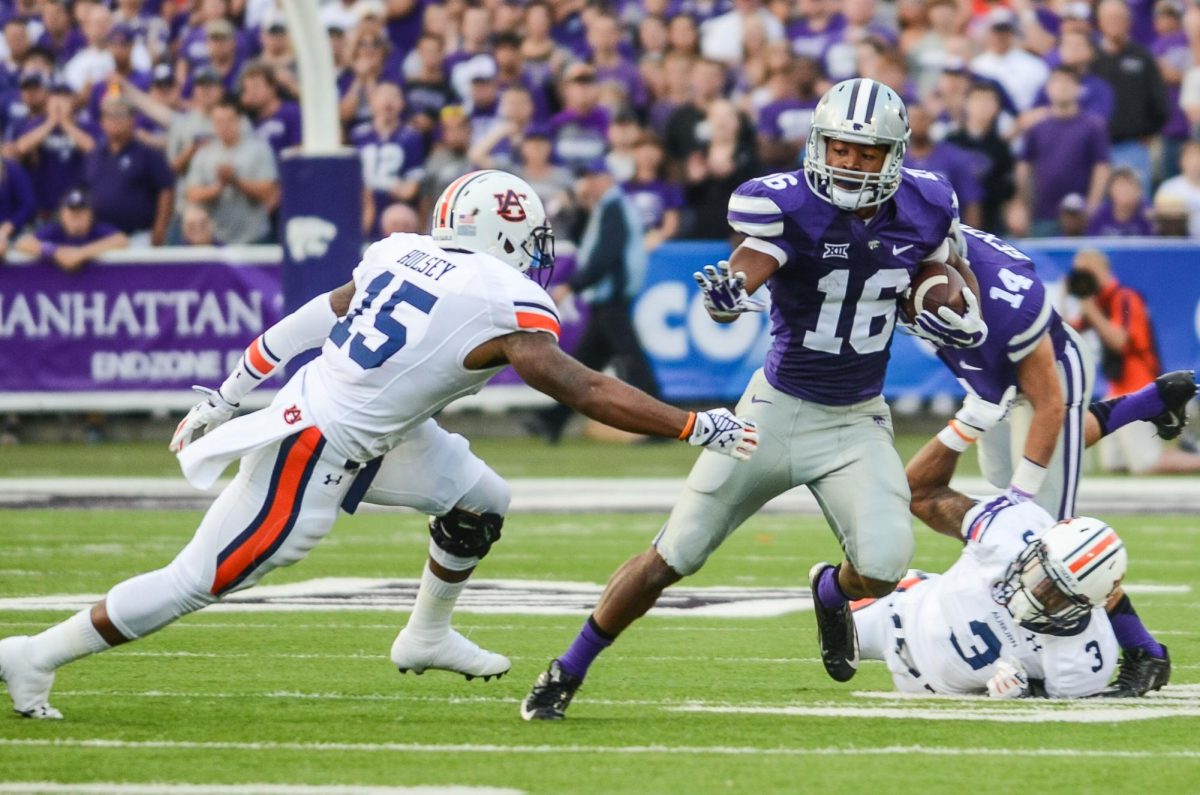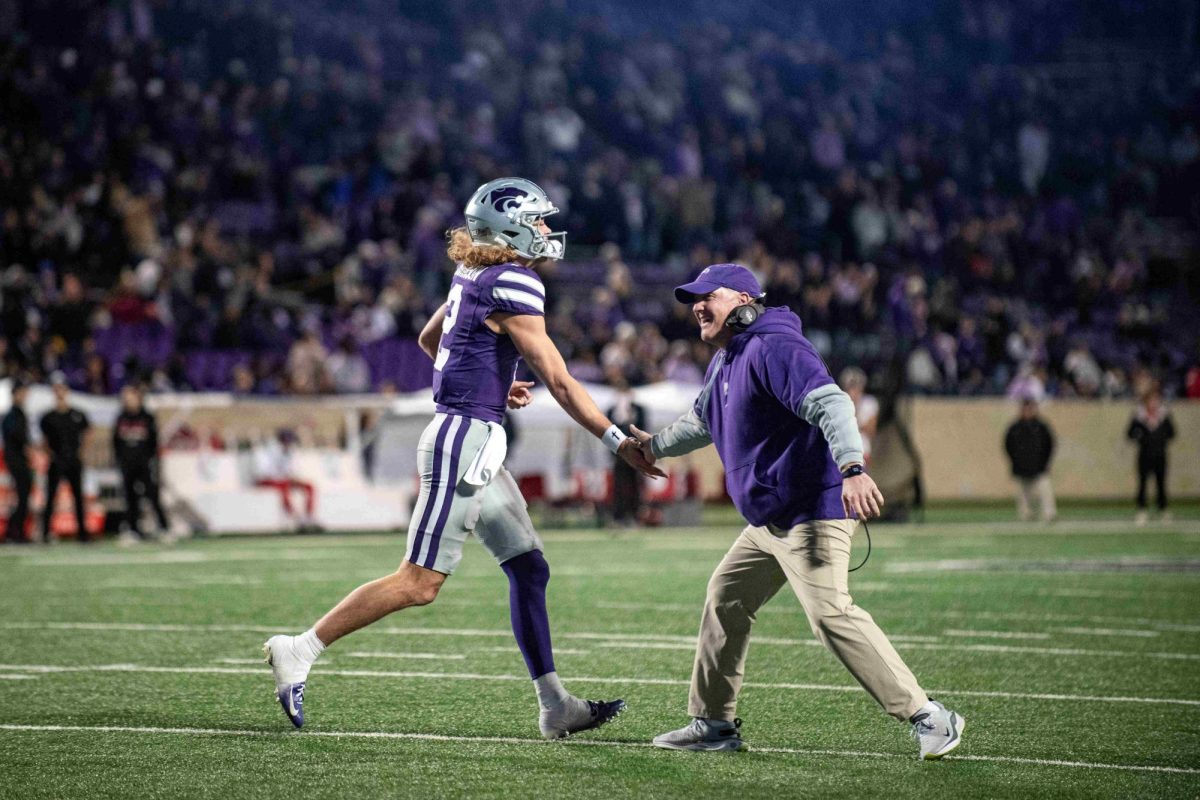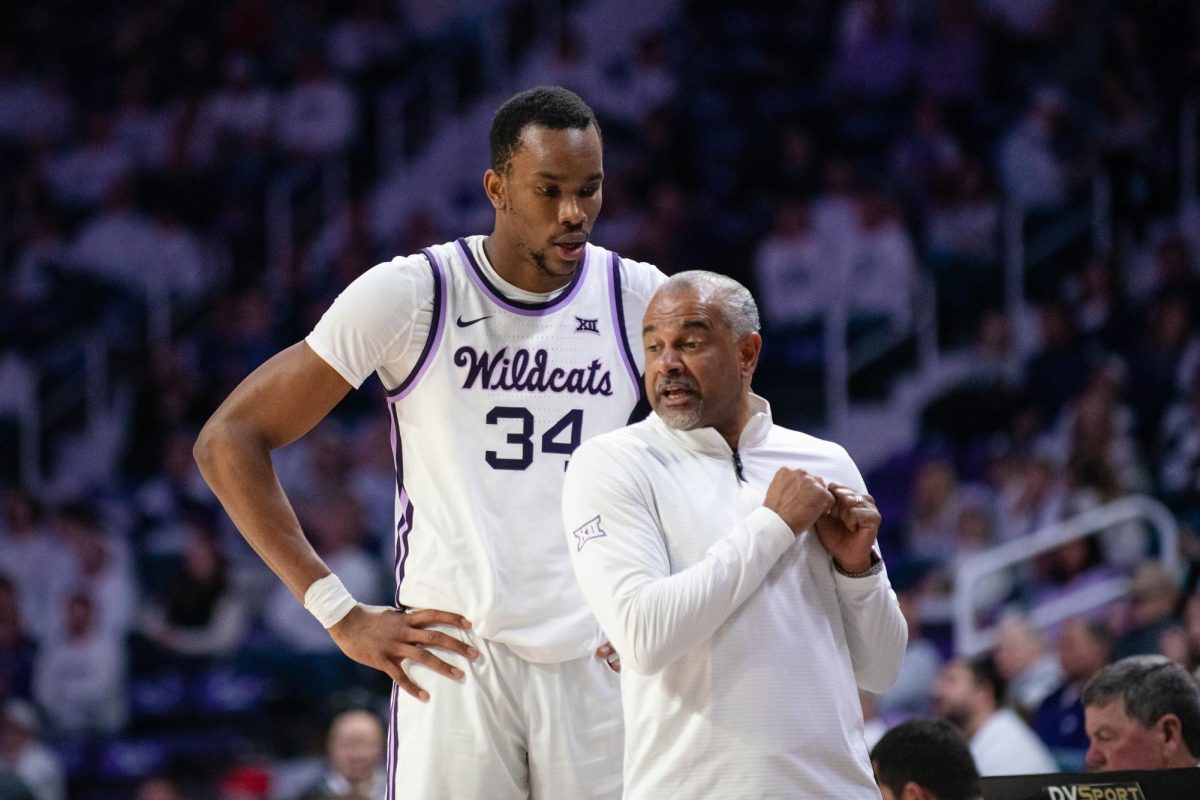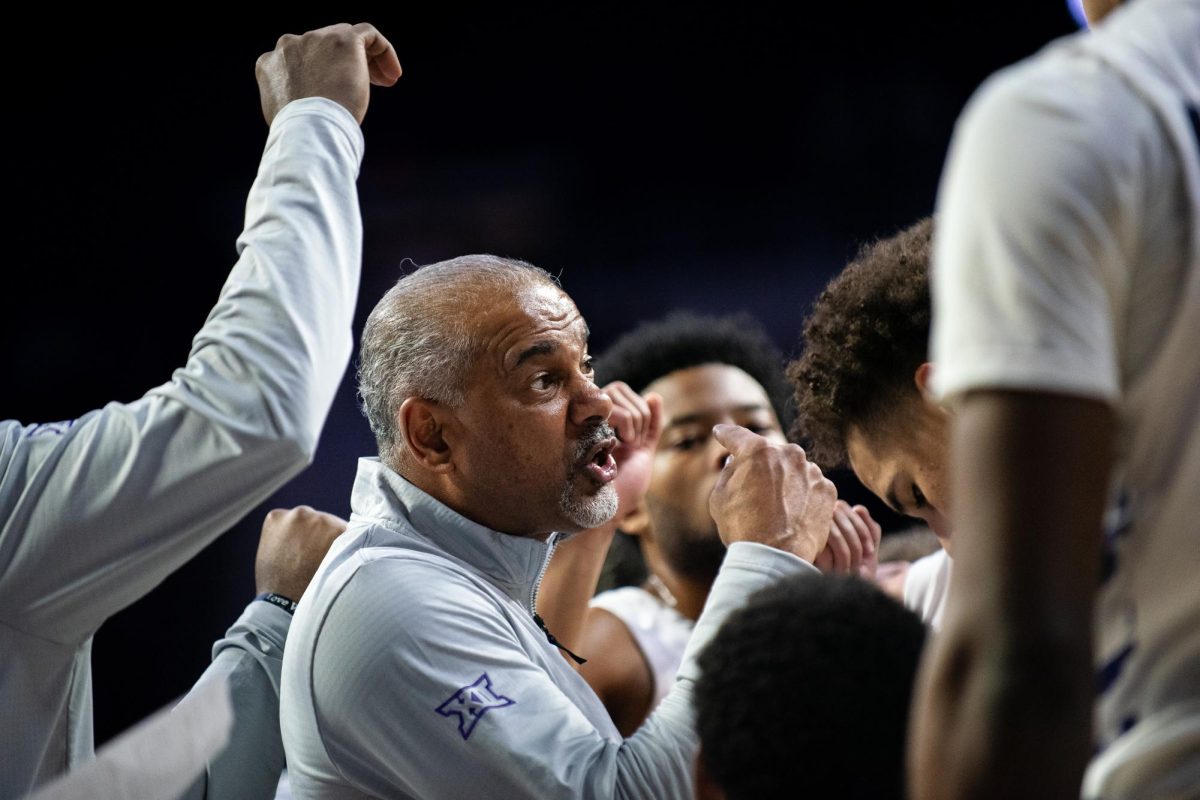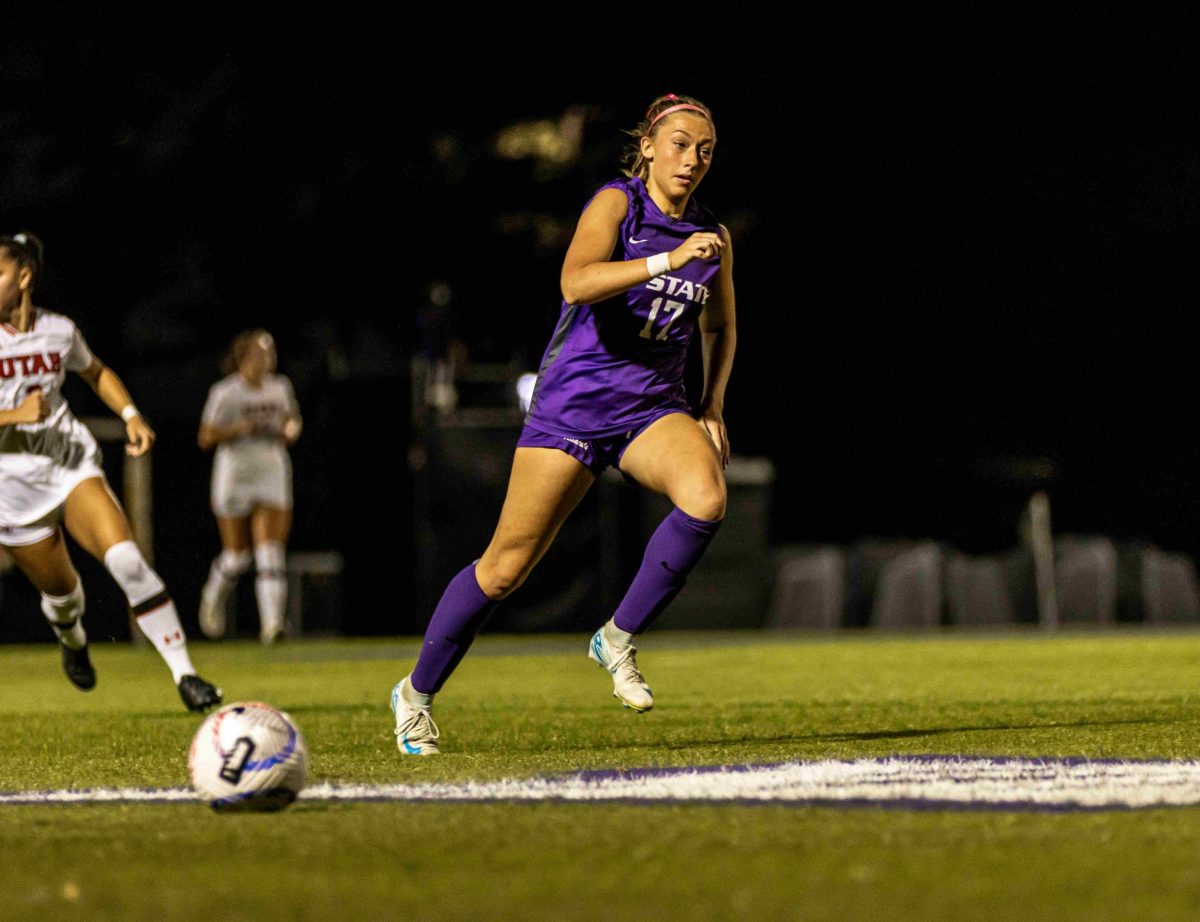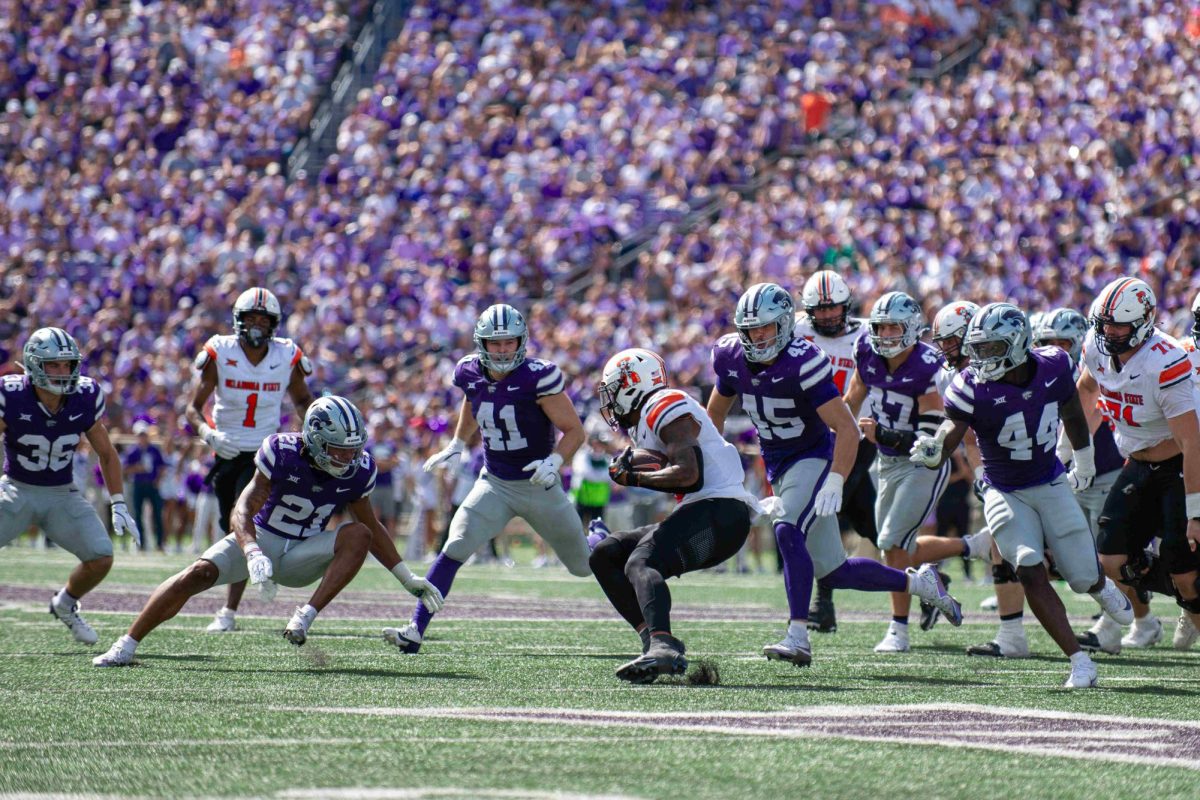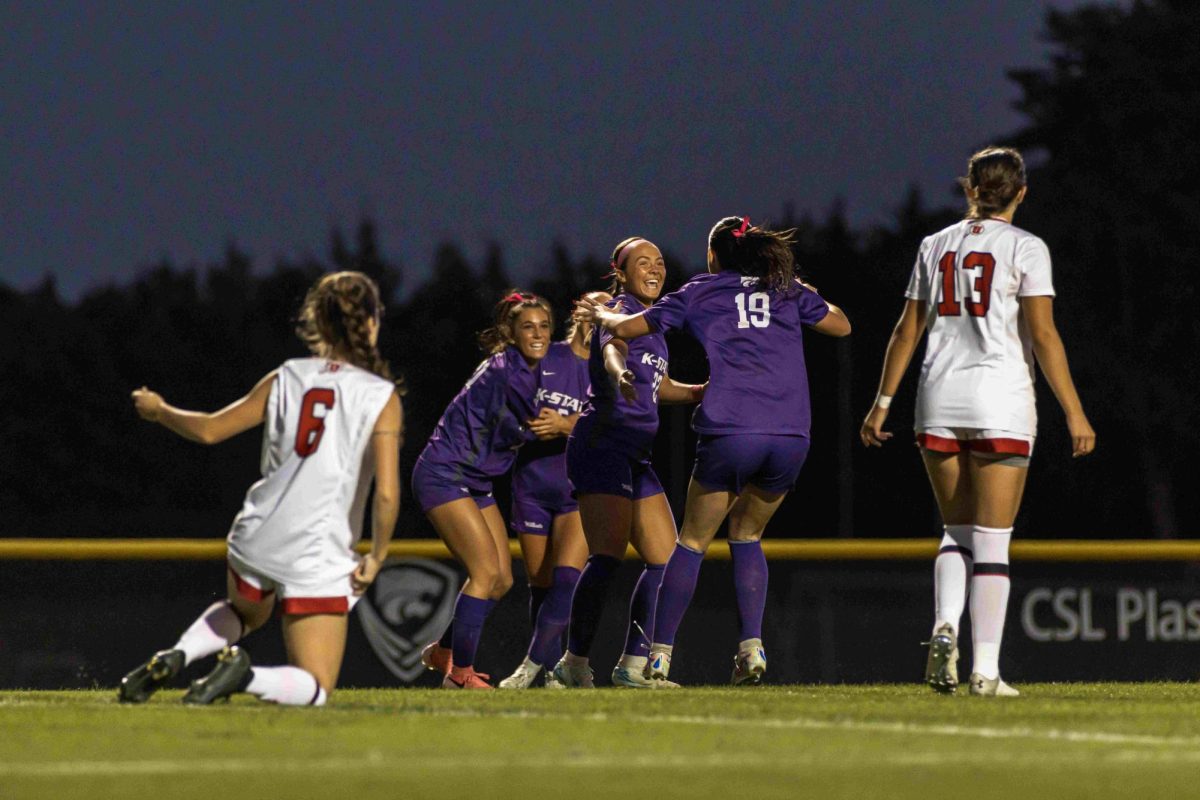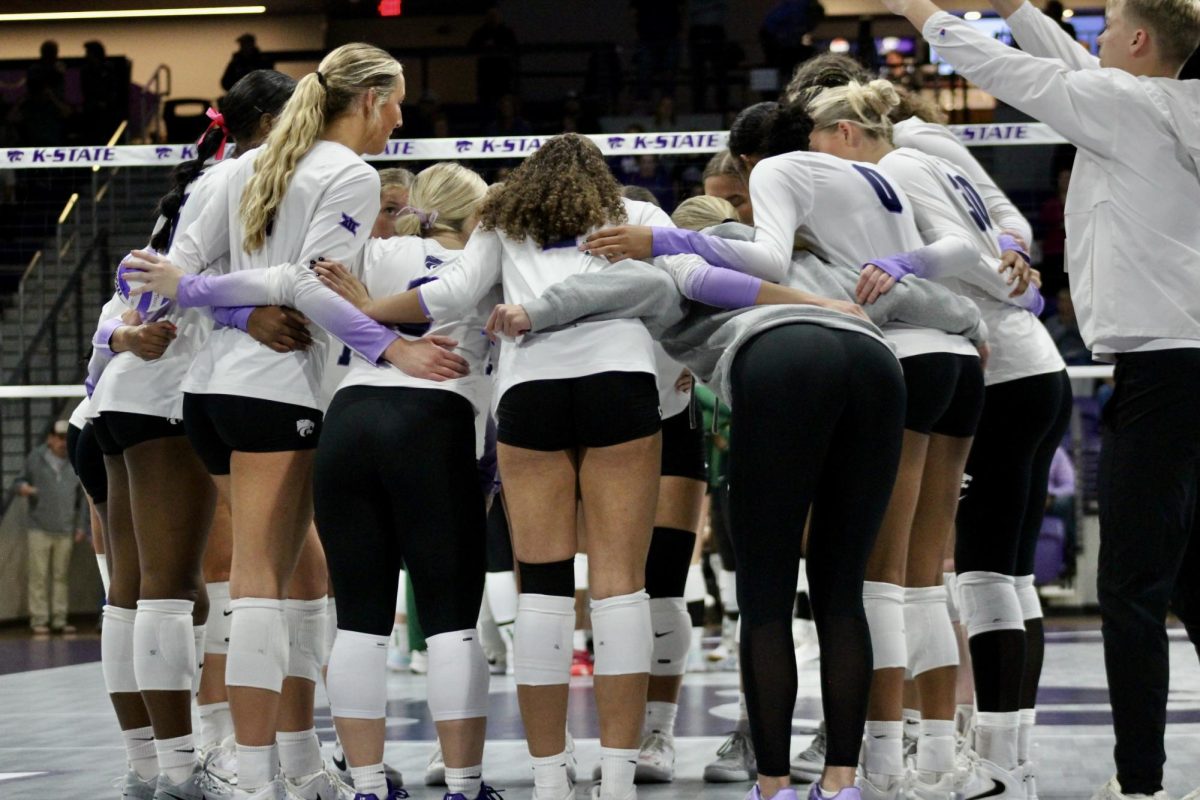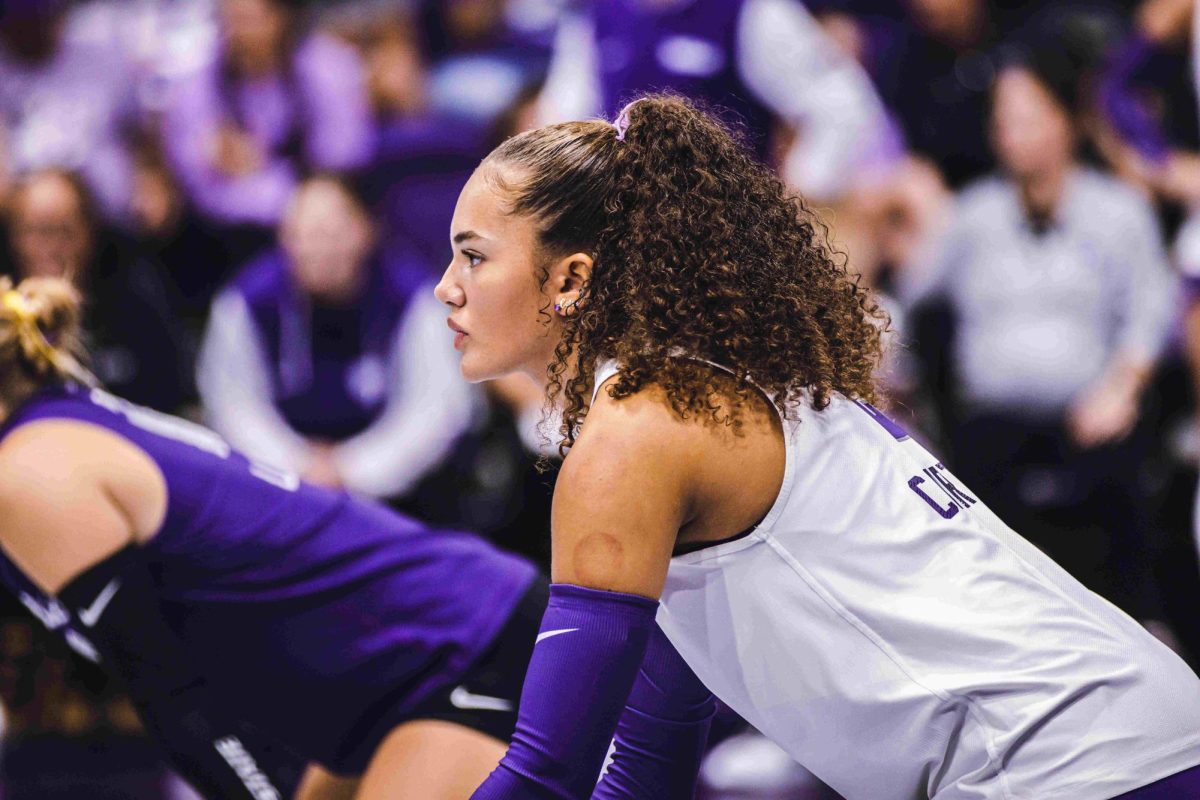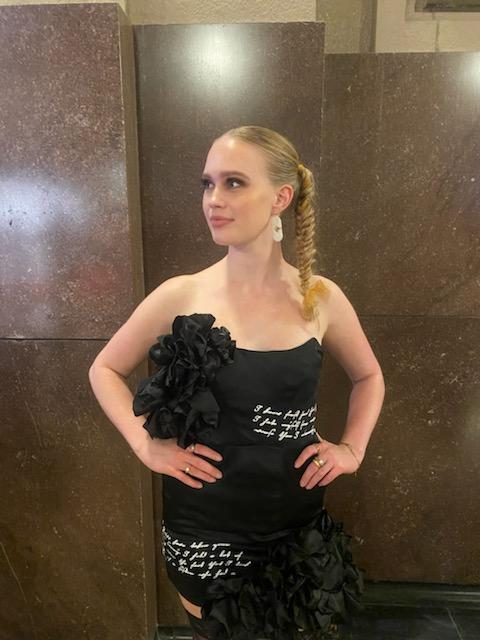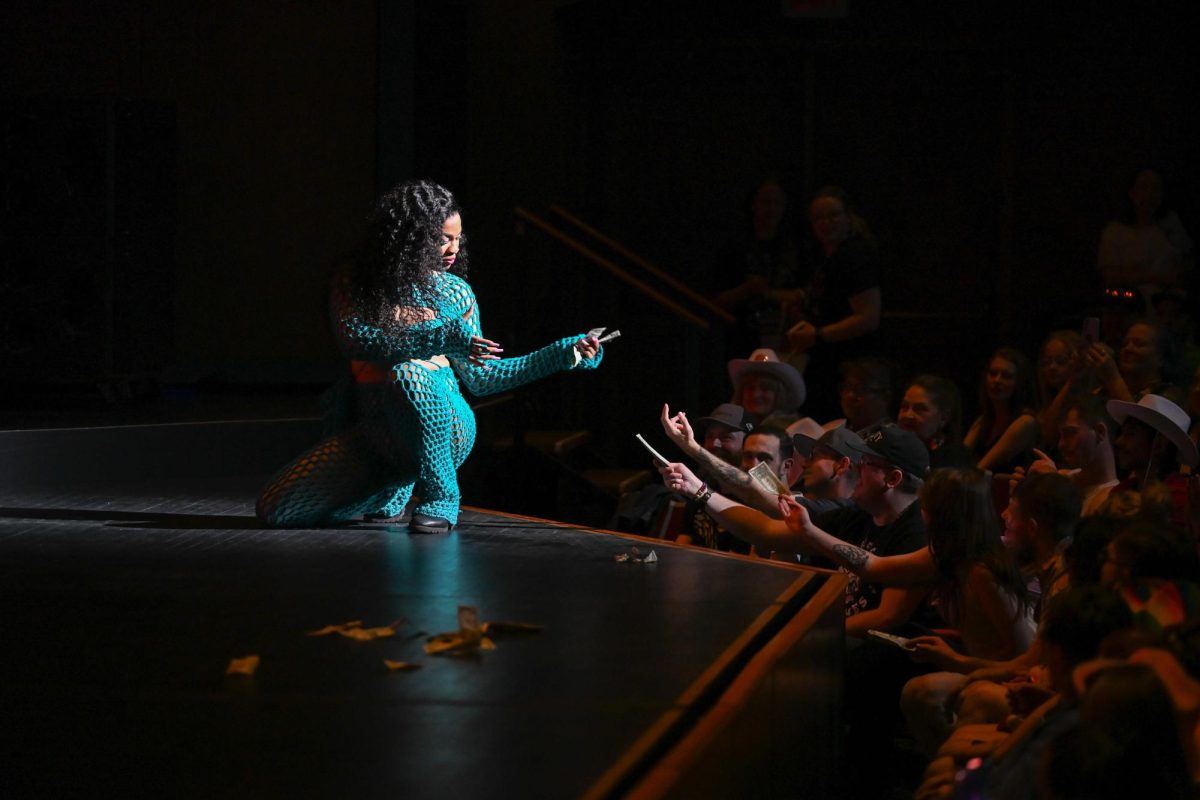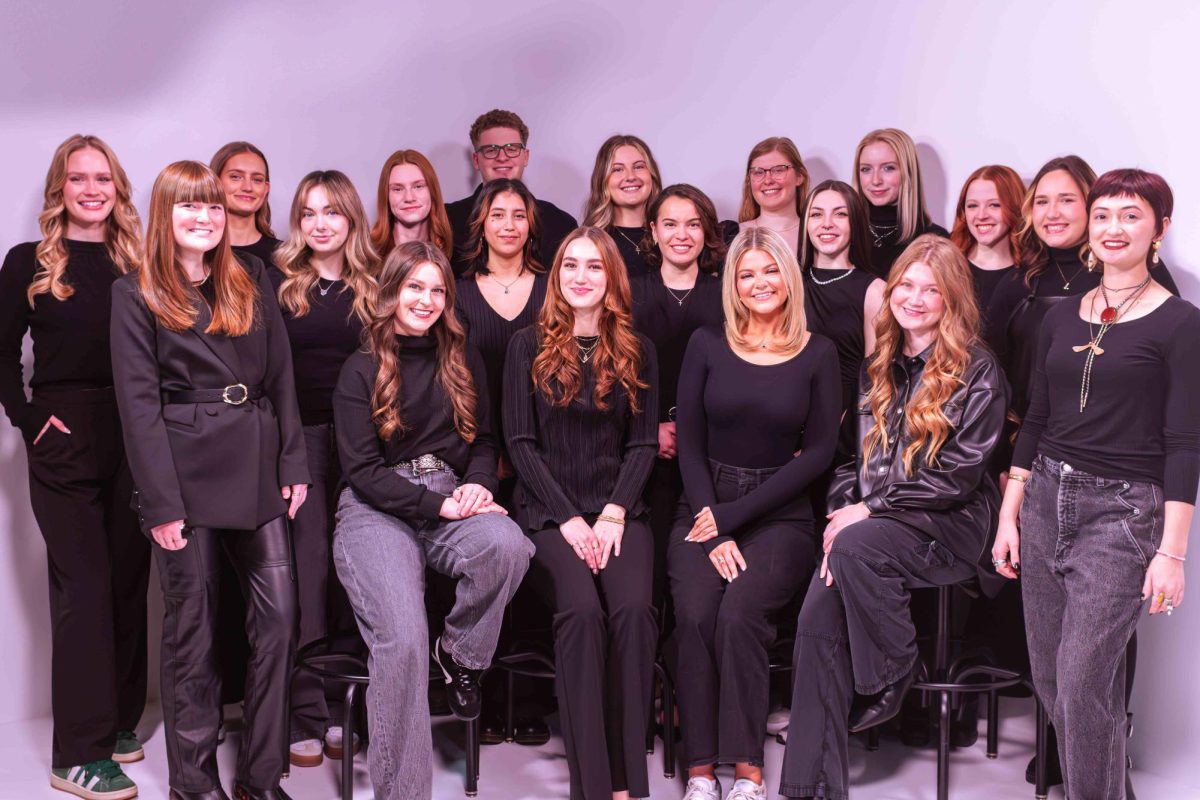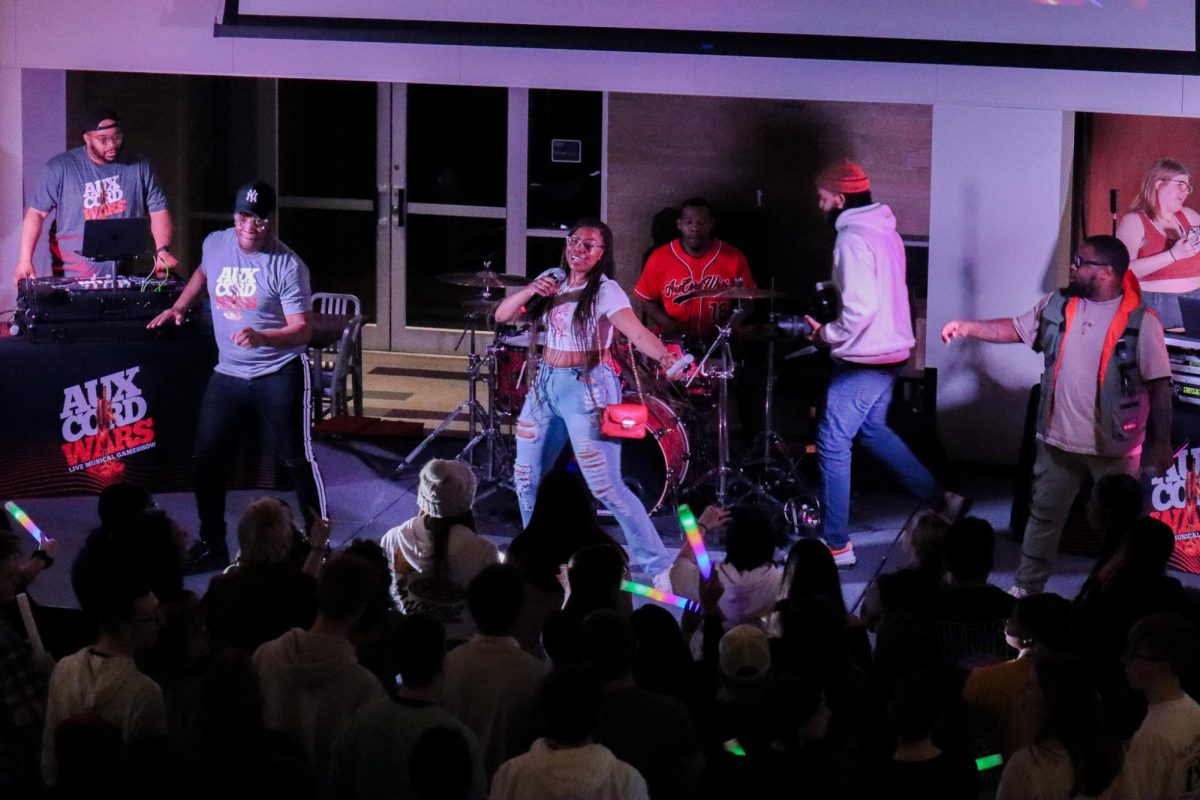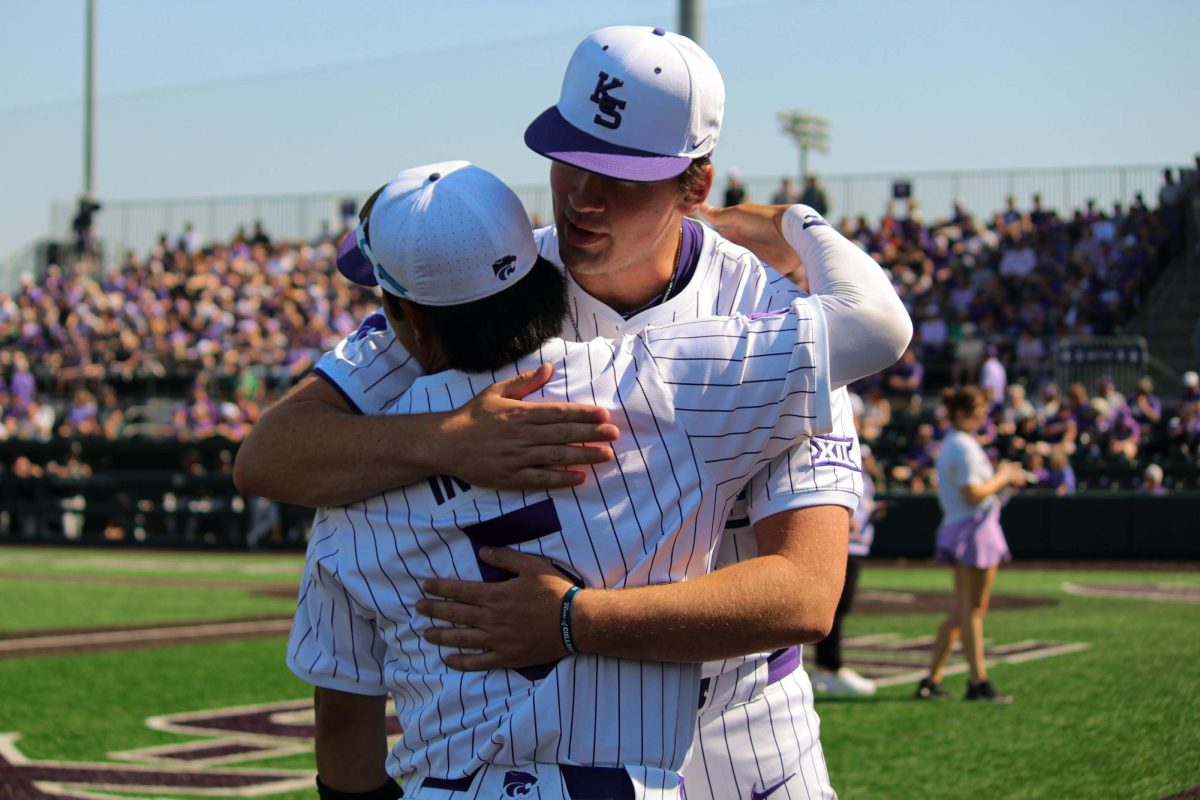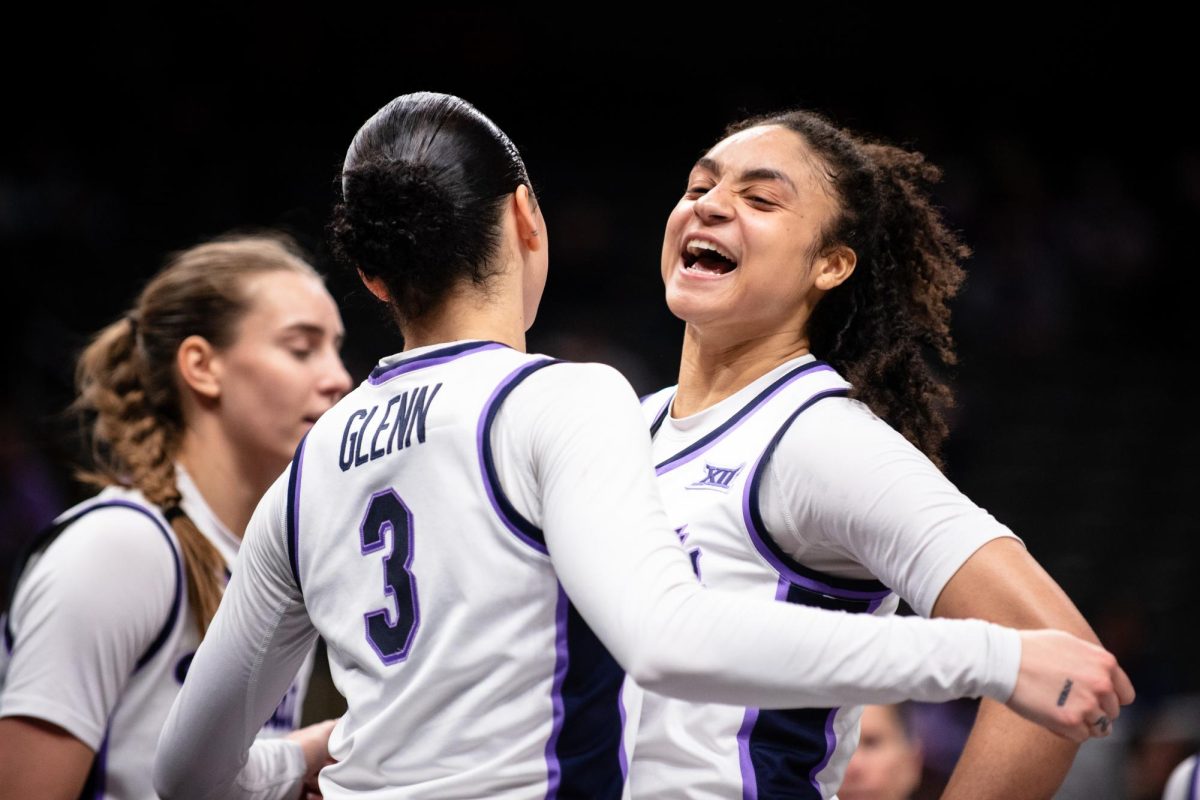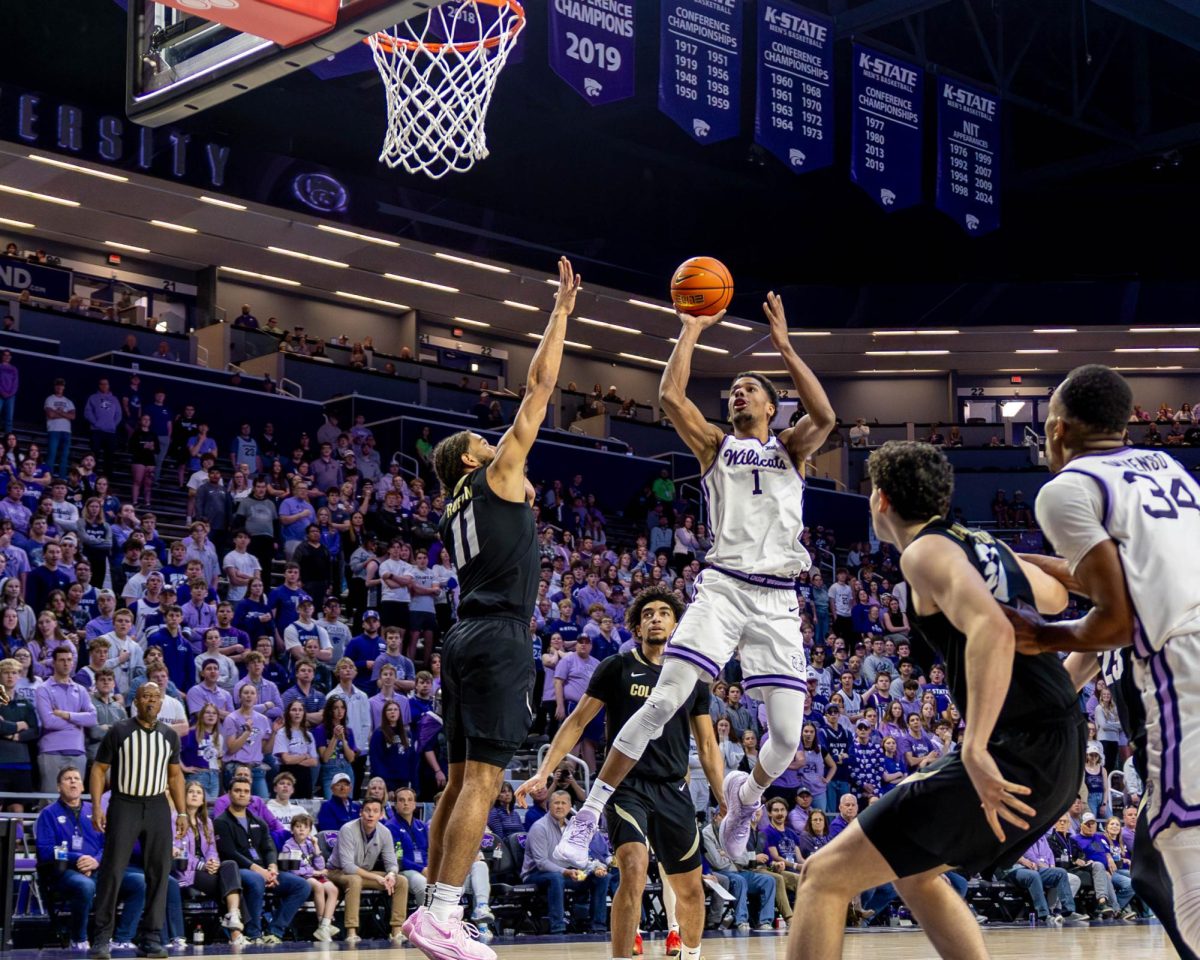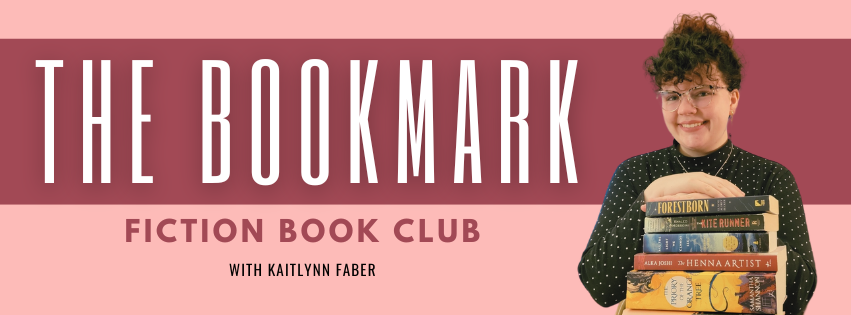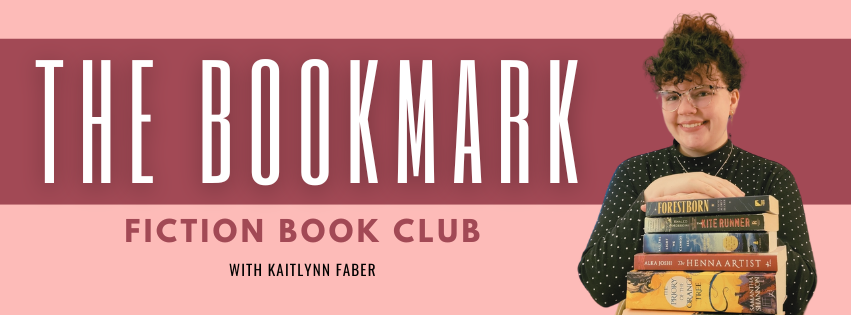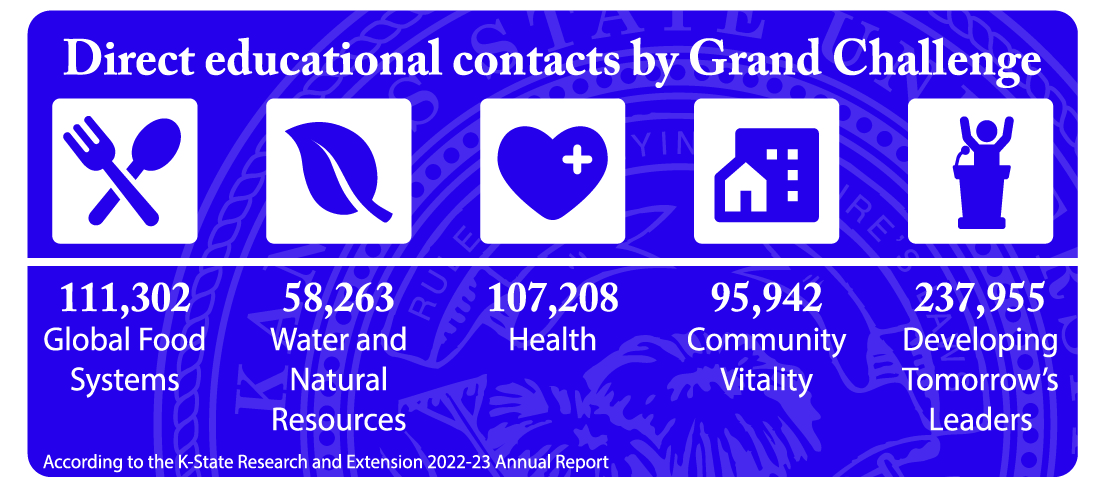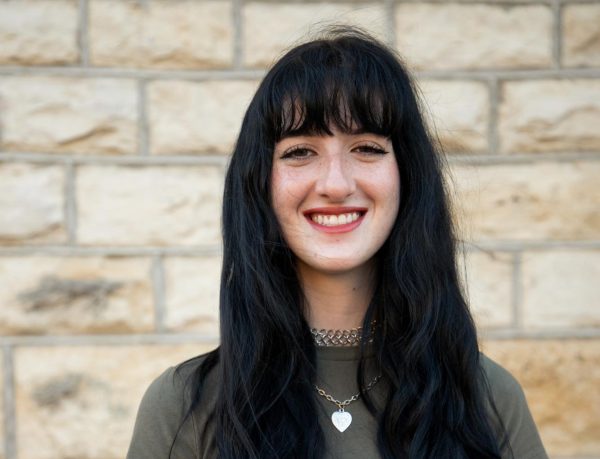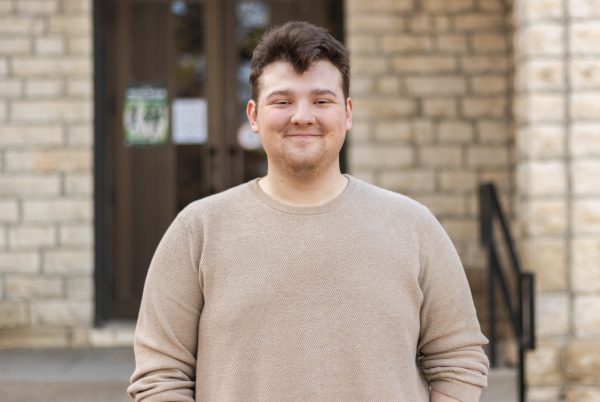The Next-Gen K-State April monthly content theme is Engagement In All We Do/Economic Impact. Marshall Stewart, chief of staff and senior vice president for executive affairs, university engagements and partnerships, said this theme focuses on giving back to communities around Kansas State.
“A lot of people receive benefit, educational programs, 4-H — anything we do out state, they get that through ways that they might not even know we [K-State] were behind it,” Stewart said. “We may never get credit for it, but it’s not about getting credit. It’s about doing the right thing for the people of Kansas.”
Stewart said engagement happens on every level at K-State.
“Everybody can participate,” Stewart said. “You can be a person that’s a faculty member going out and doing something scholarly or based on research. You could be a person that’s writing a newspaper article that goes out beyond the Collegian that maybe is replicated — that’s engaging. You can be a person that welcomes through student recruitment activities — that’s engagement.”
Stewart said increasing engagement between K-State and Kansas communities will have a positive economic impact for the university.
“If there’s a small business or an entrepreneur out there that needs help scaling up their business or starting a business, and people from our business school consult with them or help them do that, then we have engaged with the public,” Stewart said. “… Those two things [engagement and economic impact] align. If you are touching those different points around the state then you’re able to engage, and thereby over time create opportunities for economic development.”
Susan Metzger, director for strategic interdisciplinary program development, said improving engagement and economic impact will directly influence K-State students.
“The opportunity to have applied learning experiences is something that should be really intriguing to a student,” Metzger said. “Not only does it make your coursework more interesting, to have some real-life application, but also it’s going to add valuable content to your own resume and make you very competitive in the workforce.”
According to the K-State Research and Extension 2022-2023 annual report, K-State Research and Extension reached over 7 million indirect educational contacts. An indirect contact is “when a programming effort or resource is distributed through digital or traditional media.”
“Cooperative extension is kind of known as a system of engagement specialists,” Gregg Hadley, assistant vice president and director for Extension, said. “So our whole reason for existing is getting the resources of the information out to the public that need them.”
Stewart said one example of K-State reaching the public is its work with community colleges.
“We’ve had the community college presidents here twice already,” Stewart said. “To our understanding it’s been years, if ever, they ever all came here. Those conversations led to us establishing college navigator positions. … They are spending the day at different colleges and they just constantly make a rotation, so students in those community colleges have direct access to a recruiter, a navigator, who helps make sure their courses are aligning, that they’re on track to come to your school.”
Hadley said engaging with communities outside of K-State can help solve real-world issues.
“We are involved in working with five areas of impact, and that is global foods … community vitality, developing tomorrow’s leaders of water and natural resources and health,” Hadley said. “In those five areas it’s been a long-standing tradition that we engage with the public and provide a KSU-based education to help them improve in those five areas.”
According to Imperative 7 of the Next-Gen K-State Strategic Plan Summary, Engagement In All We Do/Economic Impact will allow K-State to “be a positive force for Kansans.”
“If you take care of Kansas, Kansas will take care of you,” Stewart said. “Part of it is building a strong relationship with people who definitely have no knowledge of, or no history with or will never go to school here. Most Kansans know K-State exists, but a lot of Kansans — it’s just not something that’s in their orbit, but we want them to have a positive feeling about us. That’s why it’s important to do good things in our community, so they can see that Kansas State brand.”



